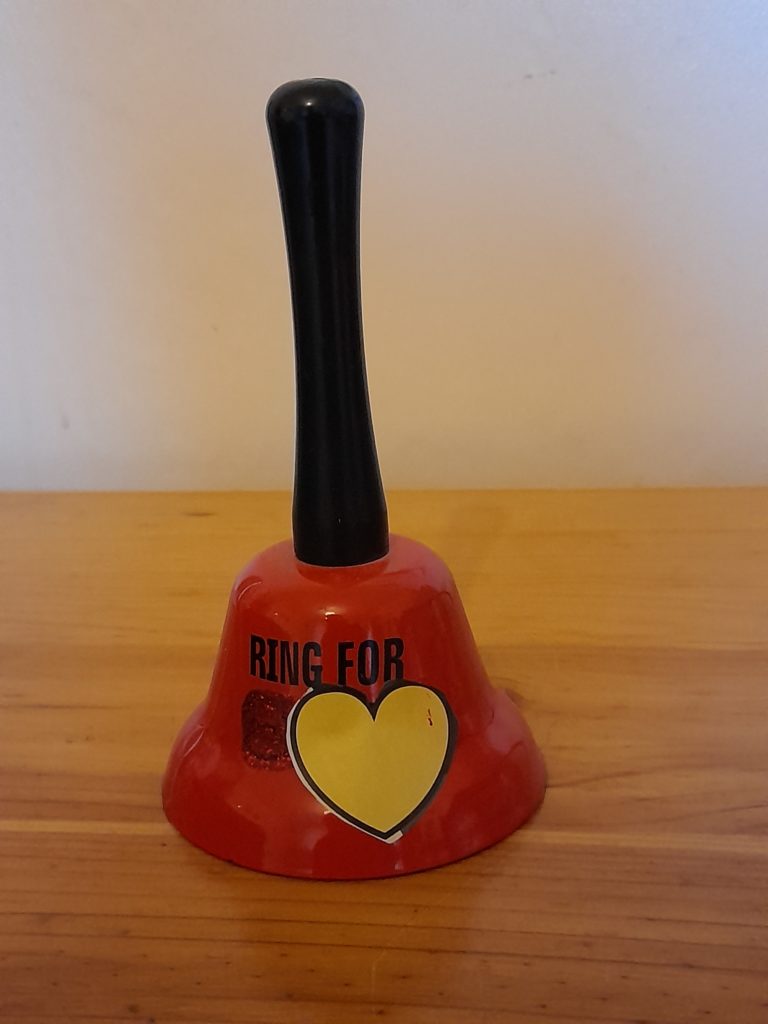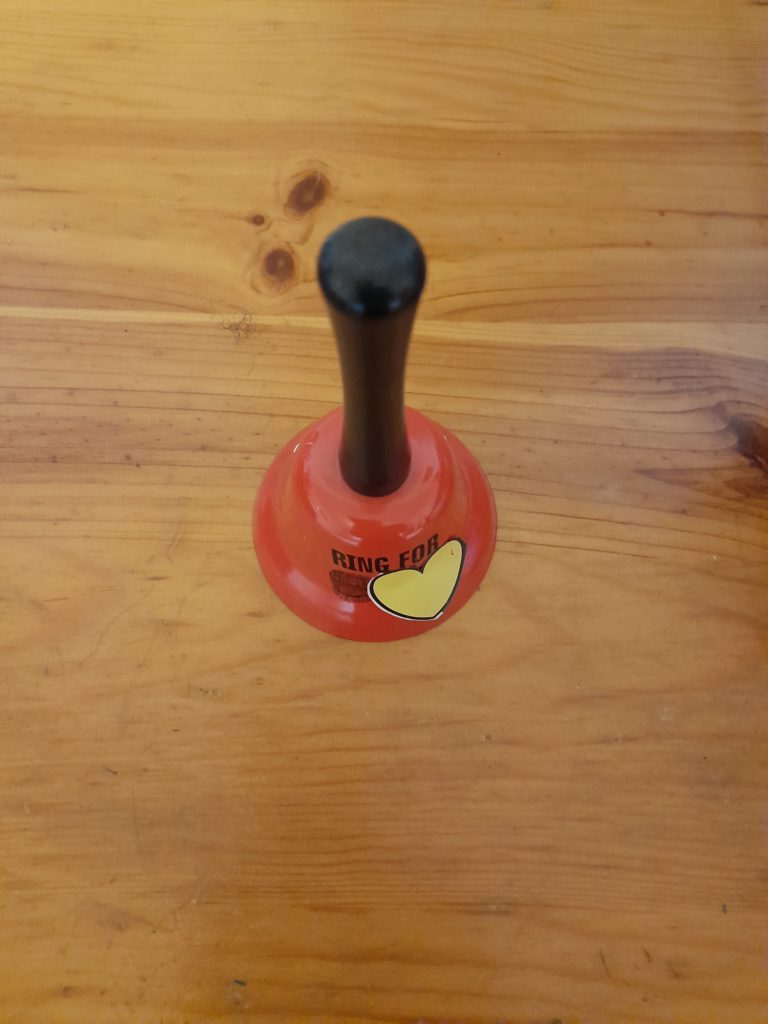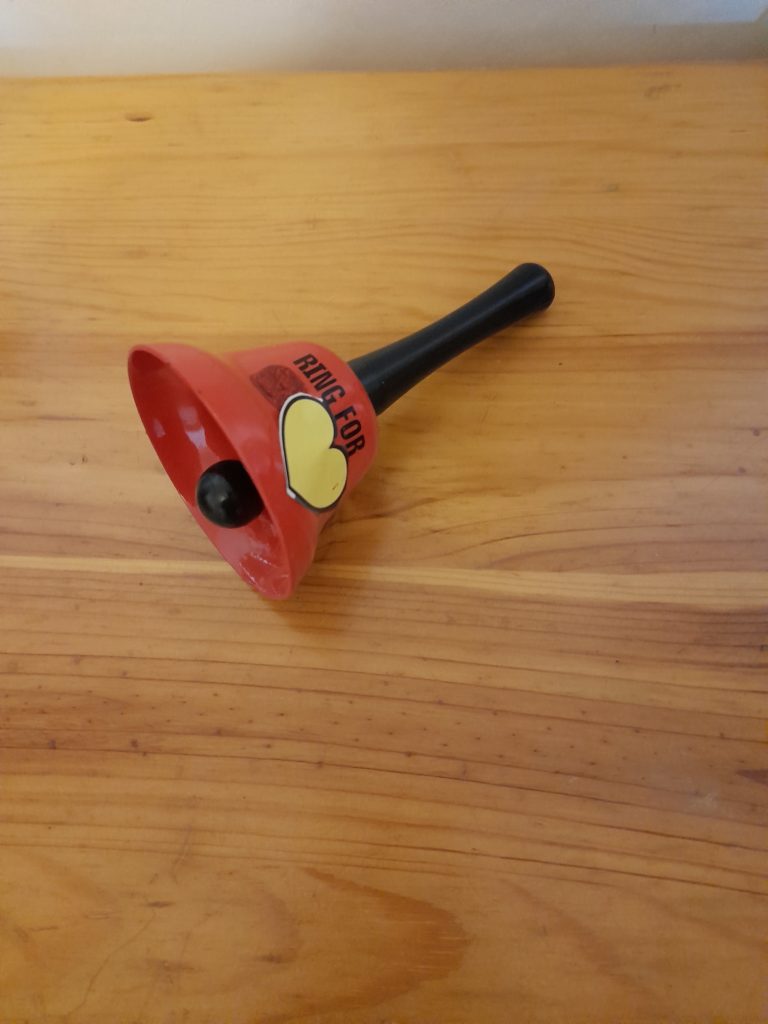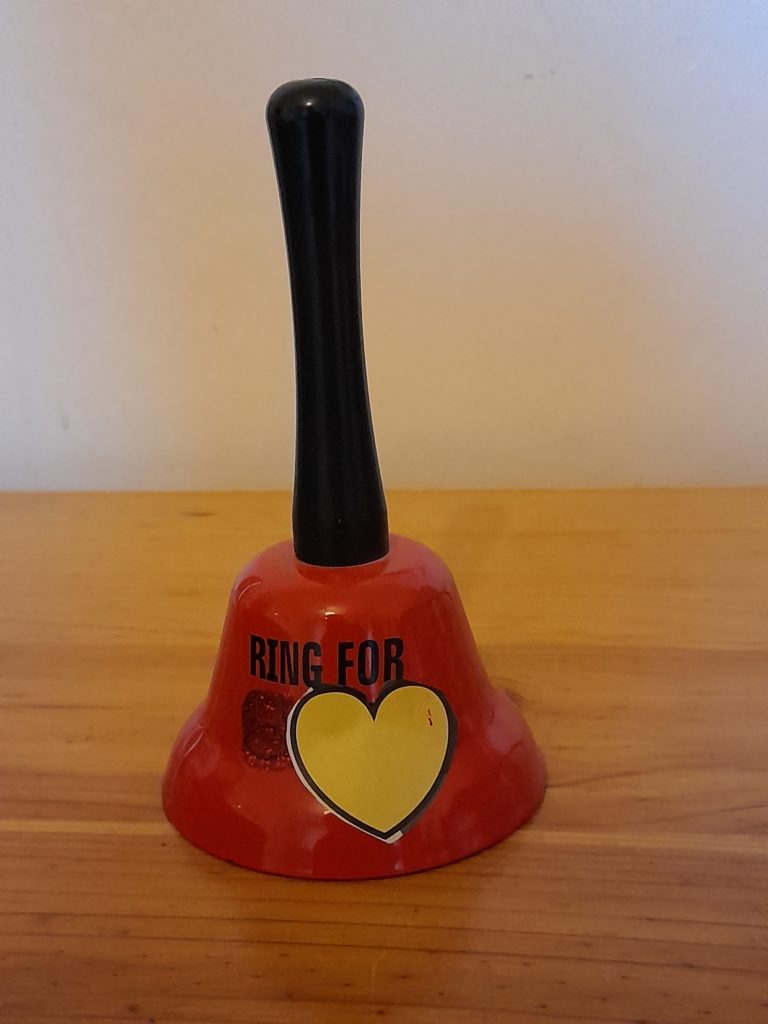PICTURE THIS!
ELEIDA
1. San Basilio de Palenque, Colombia.
San Basilio de Palenque, Colombia
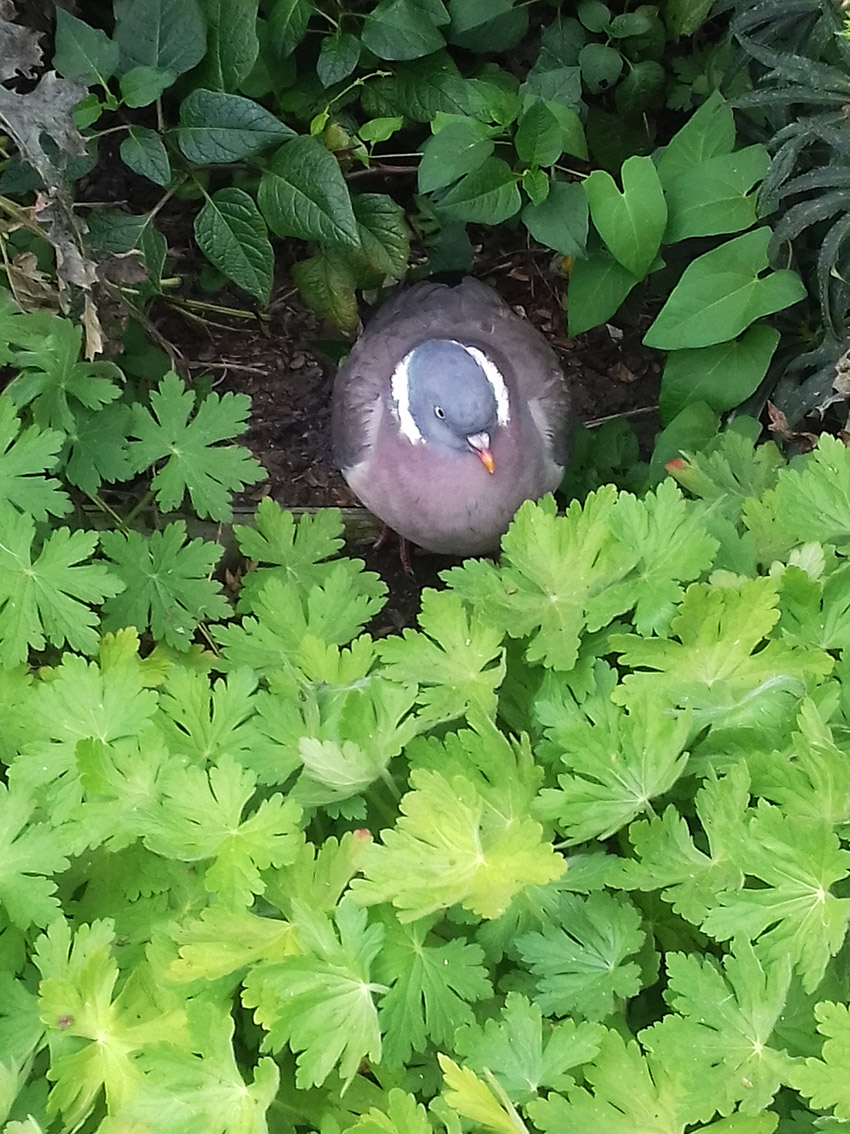
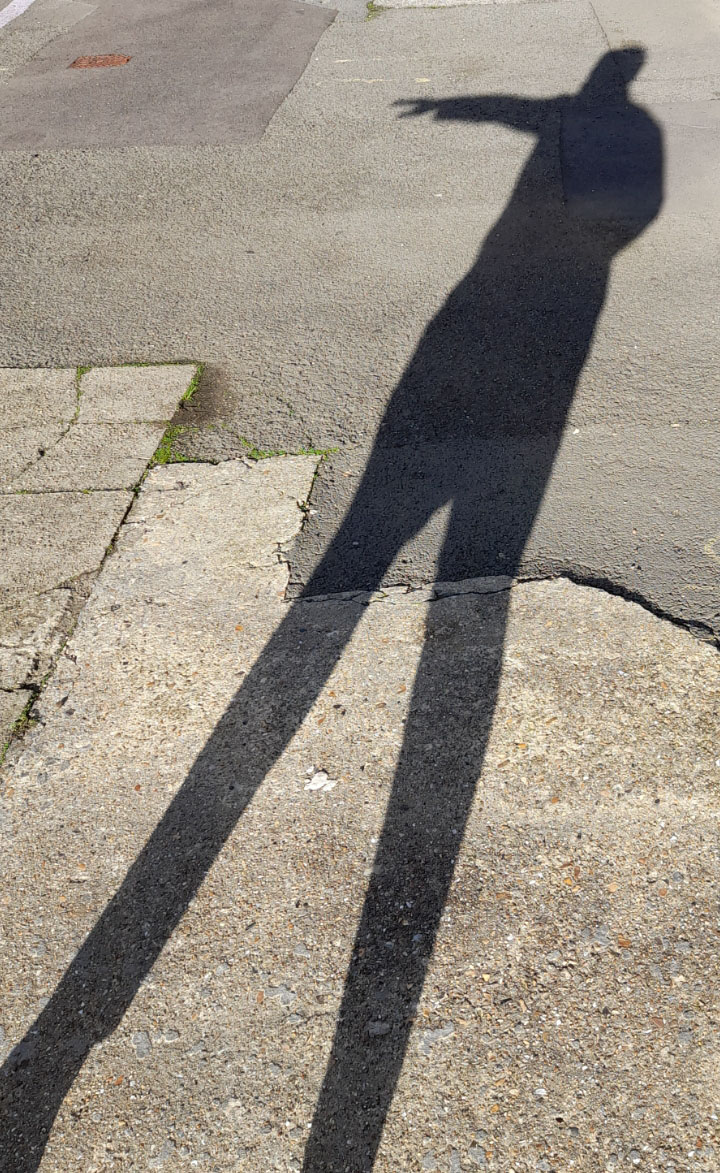
LITTLE AFRICA in Colombia is a village called SAN BASILIO DE PALENQUE.
This small village of 4000 residents was established by a strong and fierce black man in 1603 after he decided to move here with the intention to preserve their freedom.
BENKOS BIOHO was a young man, kidnapped from his native land in AFRICA in the late 1500s, and sent to South America by Spanish enslavers.
He did not accept the idea of living in captivity and tried as much as he could to break the chain that was hanging from his wrists. One day he managed, and escaped with others who were also enslaved.
Benkos founded the new village in a far-away area to avoid the Spanish people’s constant hostility and attempts to recapture them.
The location of the new village gave Benkos and the other people in the village the opportunity to see far away if any Spanish people were coming or getting close so they had the chance to beat them by surprise. This beating happened again and again, again and again.
Due to the resistance developed by the rebels in the village, the Spanish colony decided to give them freedom. But they had to accept two conditions, first, not to go to the city to rescue any other runners and second, to be baptised by a Catholic priest who would stay with them in the village.
In 1619 the Spanish arranged a meeting with Benkos, lying to him as a way to capture him.
Benkos was hanged and dismembered in 1621. His body parts were sent to different cities to set an example to intimidate other black people.
In 1691, the Spanish crown issued a royal decree granting them freedom from slavery.
Working together = Resistance and freedom
2. THE ROLE OF WOMEN in escape to reach PALENQUE
The role of women in escape to reach Palenque
Women played a crucial role in the process of escaping slavery.
When plaiting hair, they would draw a map to show different ways to reach Palenque and hide seeds and small valuables within the hair. The seeds were to be planted in the new freedom land.
African people, captured from different tribes, were not able to communicate with each other due to the many different African languages.
Women had the important role of transmitting escape messages and storing seeds inside the hair.
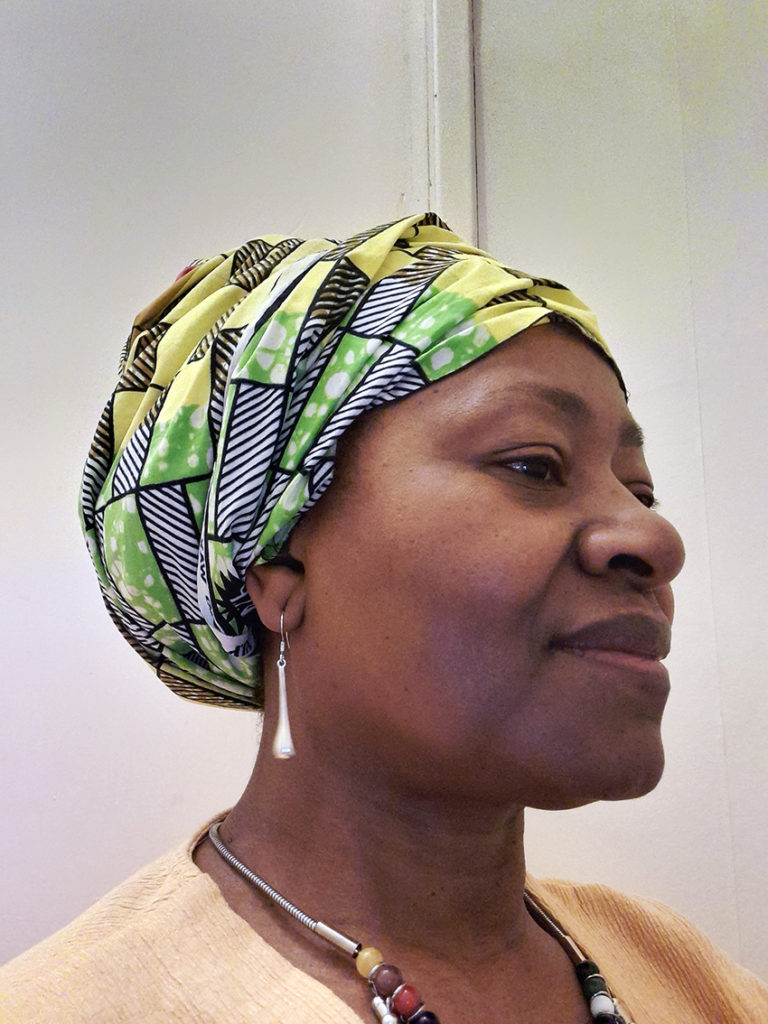
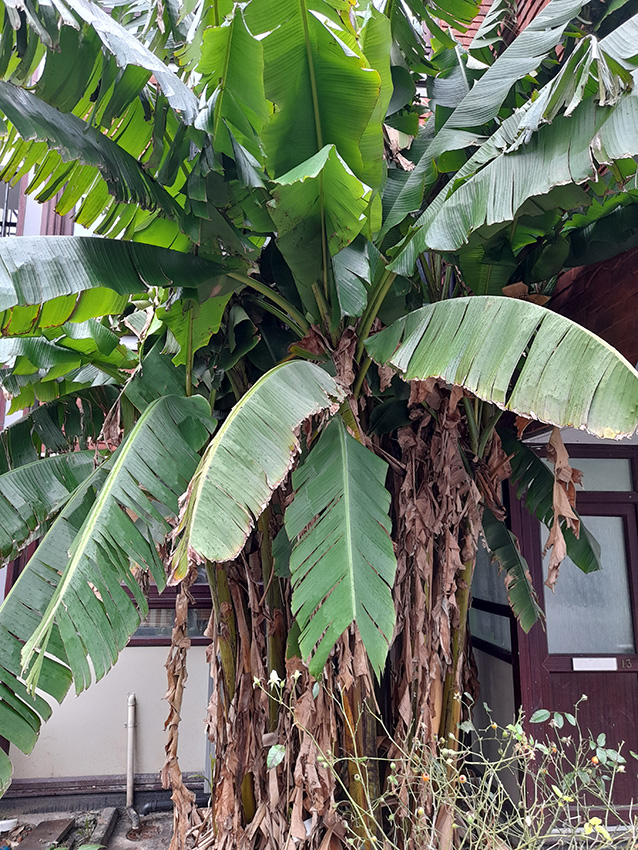
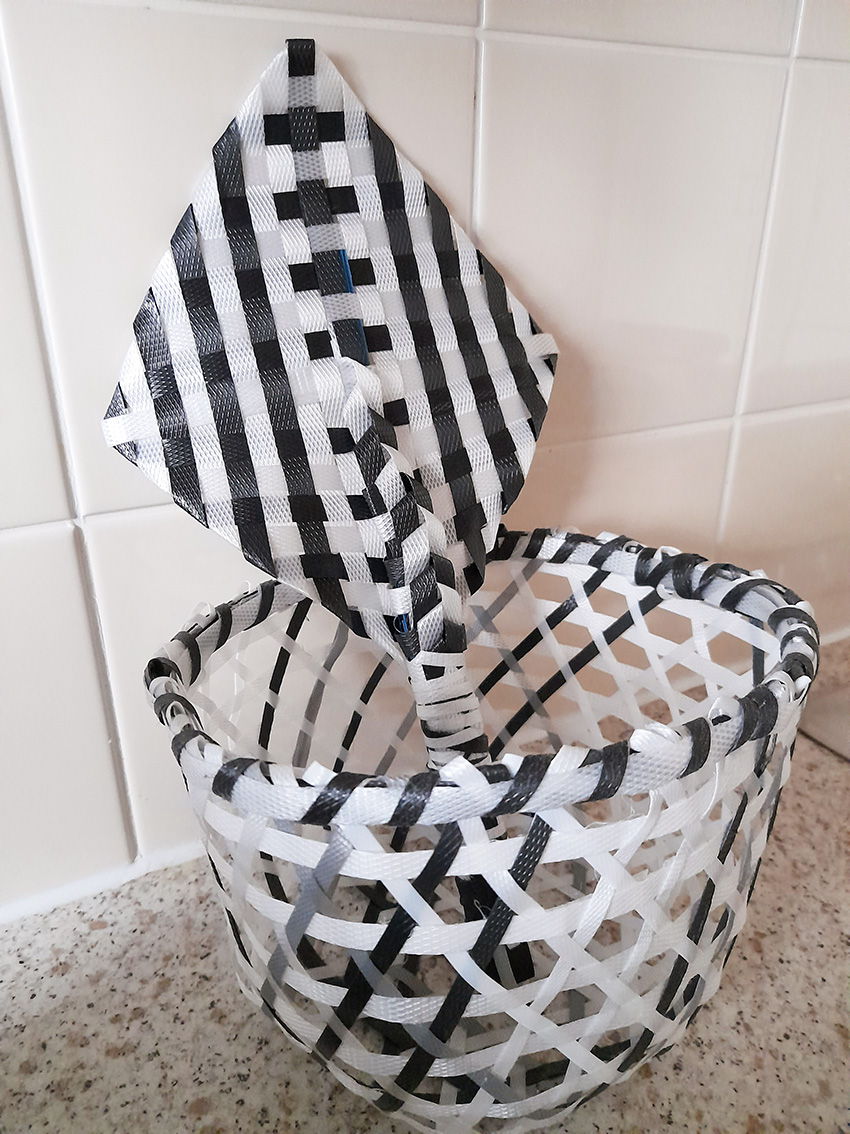
3. Medicine and food in PALENQUE
Medicine and food in Palenque
Medicinal herbs have a prominent status for Palenque residents. They are used exactly as Africans use them to cure diseases. The medicine man, with his spiritual knowledge, has the power to mix up herbs to cure people.
They use selected land to grow crops of medicinal herbs and care for them with great dedication.
The leaves are harvested during a specific moon phase and at a specific time of the day.
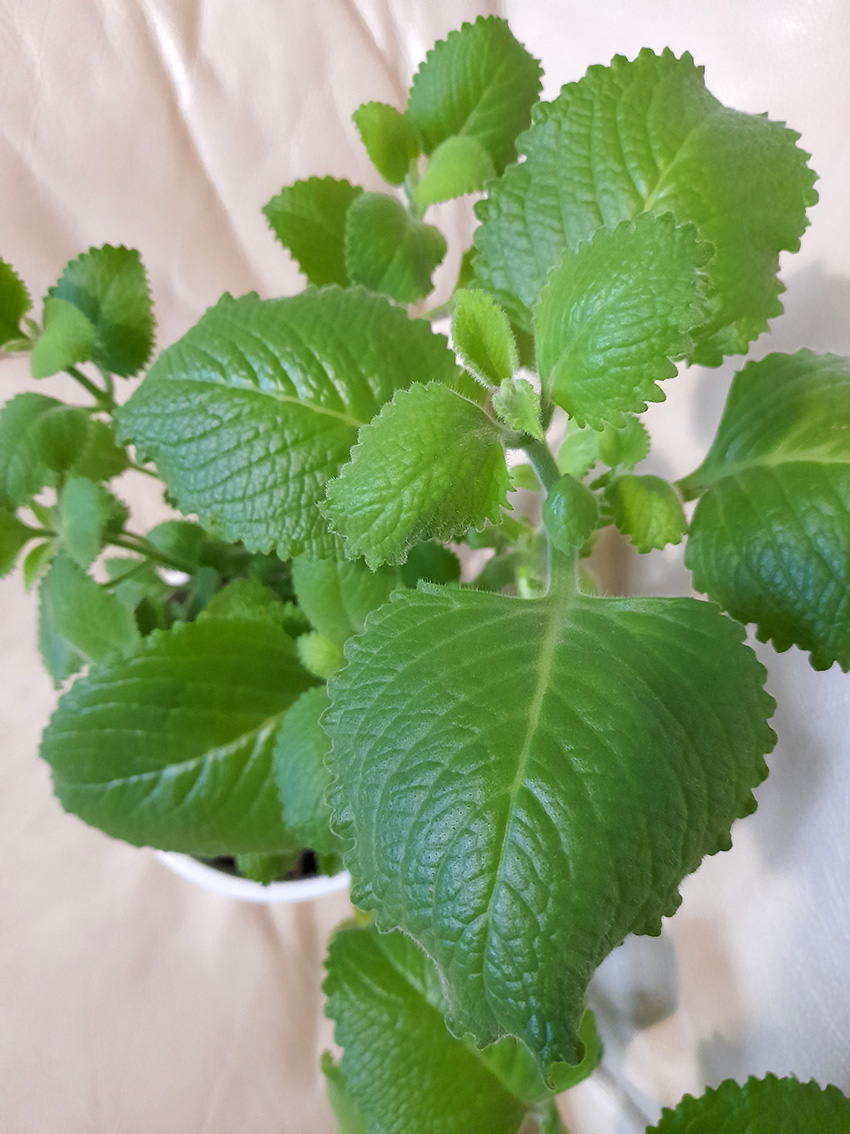
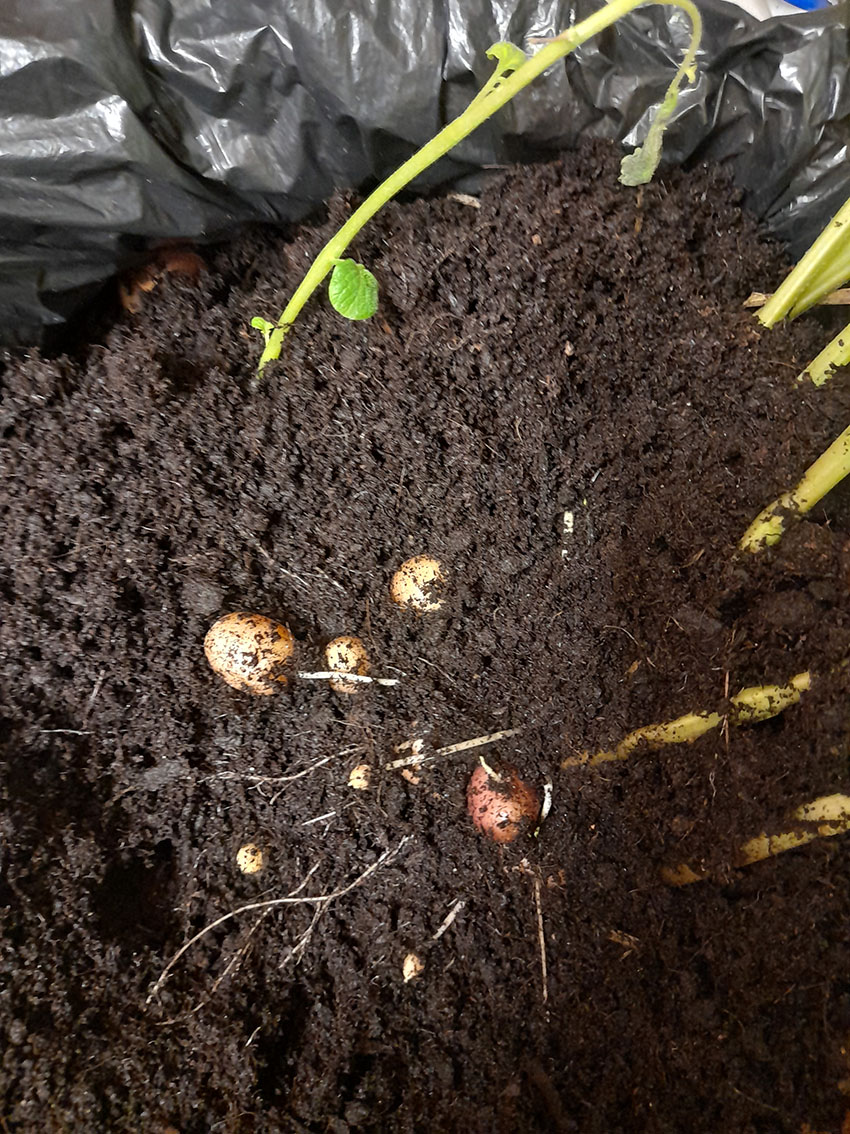
4. PALENQUE FOOD – AWARDED THE BEST COOKBOOK IN THE WORLD
Palenque food - Awarded the best cookbook in the world
This small village has the greatest cookbook.
For this community, traditional and ancestral recipes are something extraordinary to such a point that in 2014 they won first prize in BEIJING, CHINA for the best cookbook in the world!
There are many ancestral recipes that Palenqueros use to enjoy performing in the kitchen and to create business. Most unique about their recipes is that each one is linked to a beautiful song.
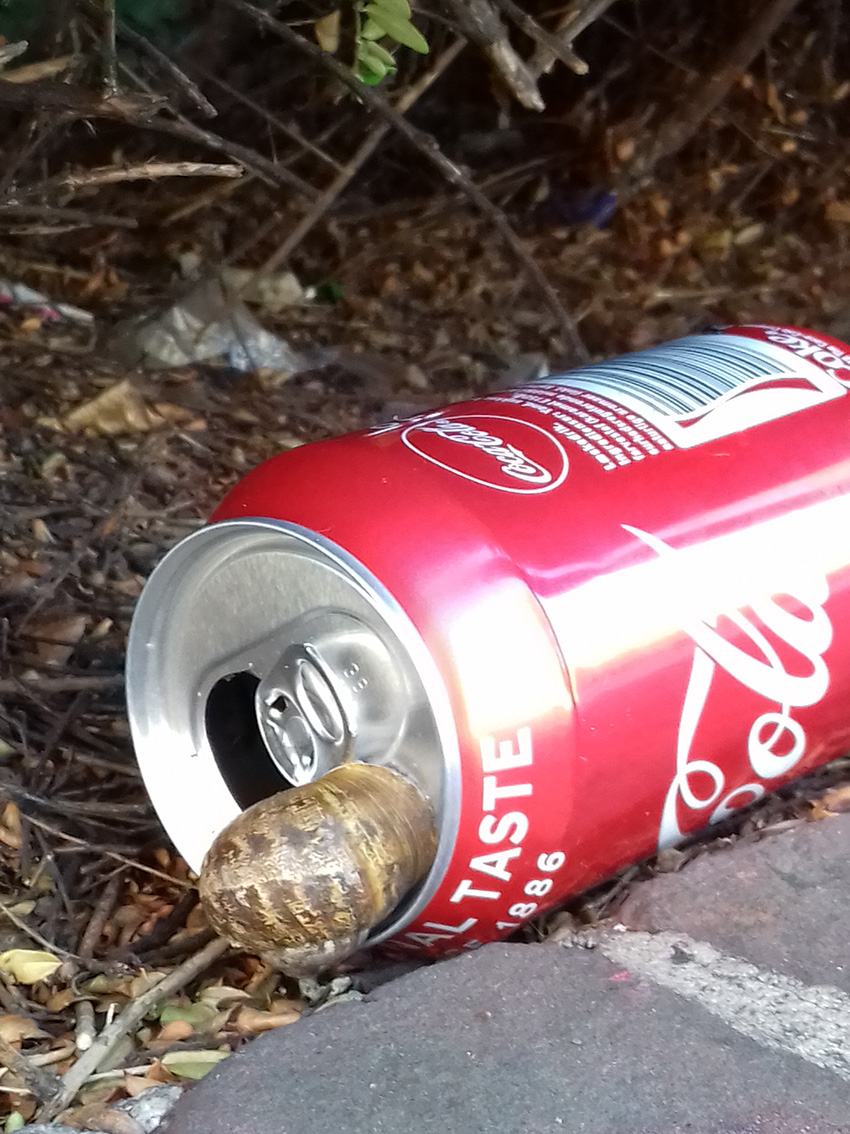
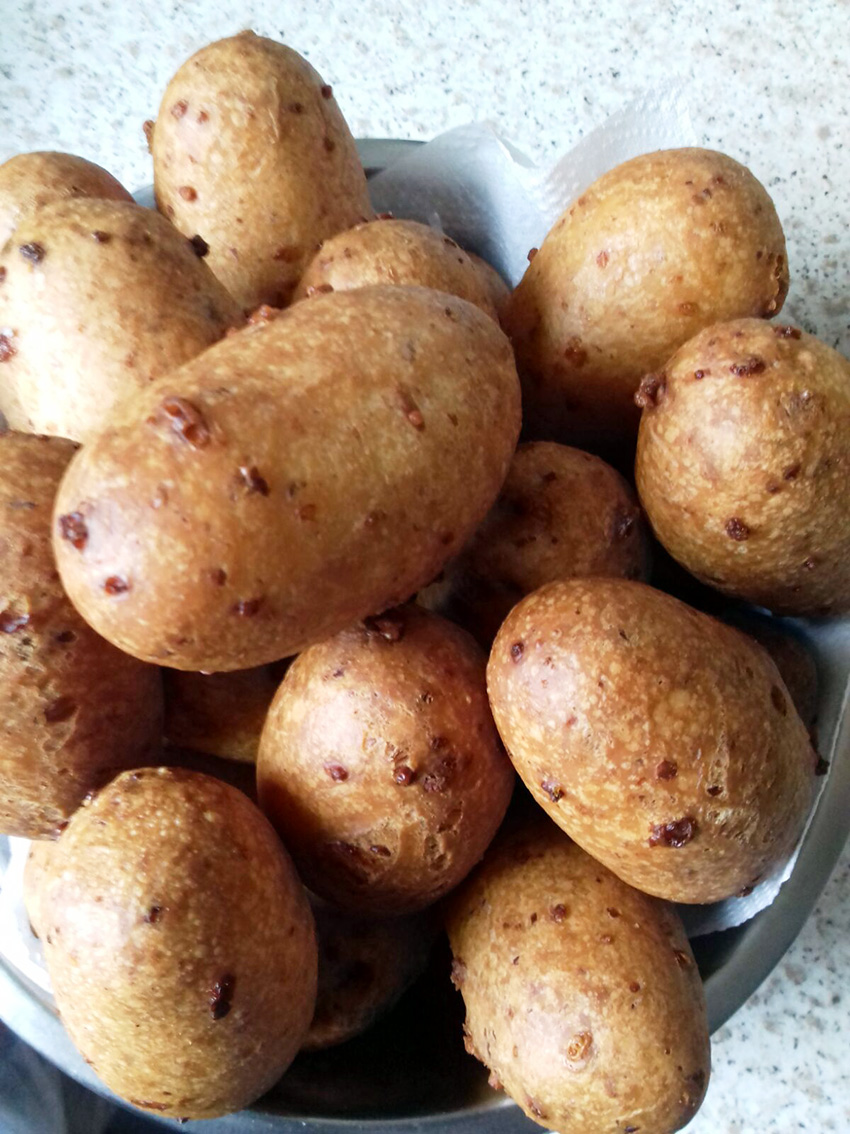
5. Music in the veins in PALENQUE
Music in the veins in Palenque
Almost every resident has knowledge of MUSIC, SINGING, DANCE OR THEATRE.
From an early age, they care about tradition, celebration or anything related to a festivity. All this cultural wealth is celebrated in a colourful festival in October.
At this time visitors can see their happiness, welcoming, peace, and much more.
Children uphold these traditions to preserve the AFRICAN ANCESTRAL COMMITMENT so they can be proud of their roots, legacy and the Palenquera language, which is used in their songs.
The greatest representative of their music is the songwriter called MASTER RAFAEL CASSIANI CASSIANI with the group SEXTETO TABALA.
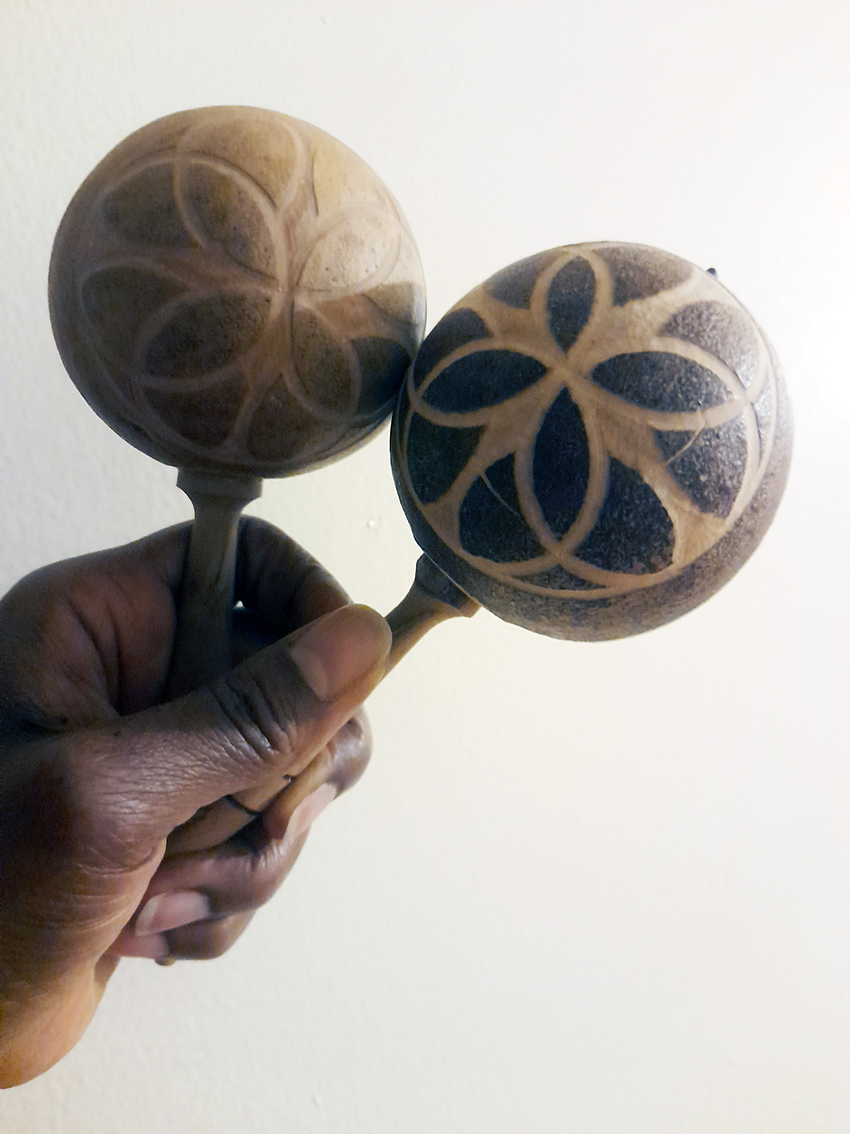
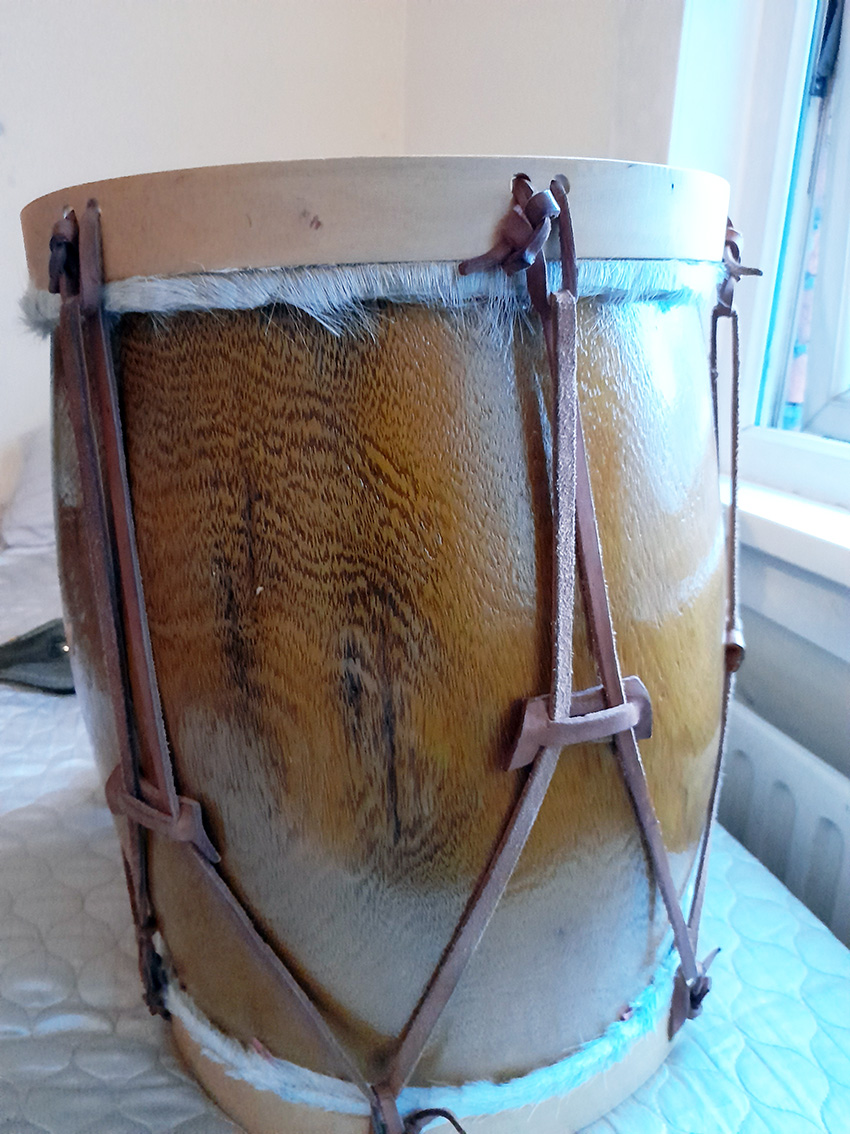
6. PALENQUE – AN UNIQUE LANGUAGE
Palenque: an unique language
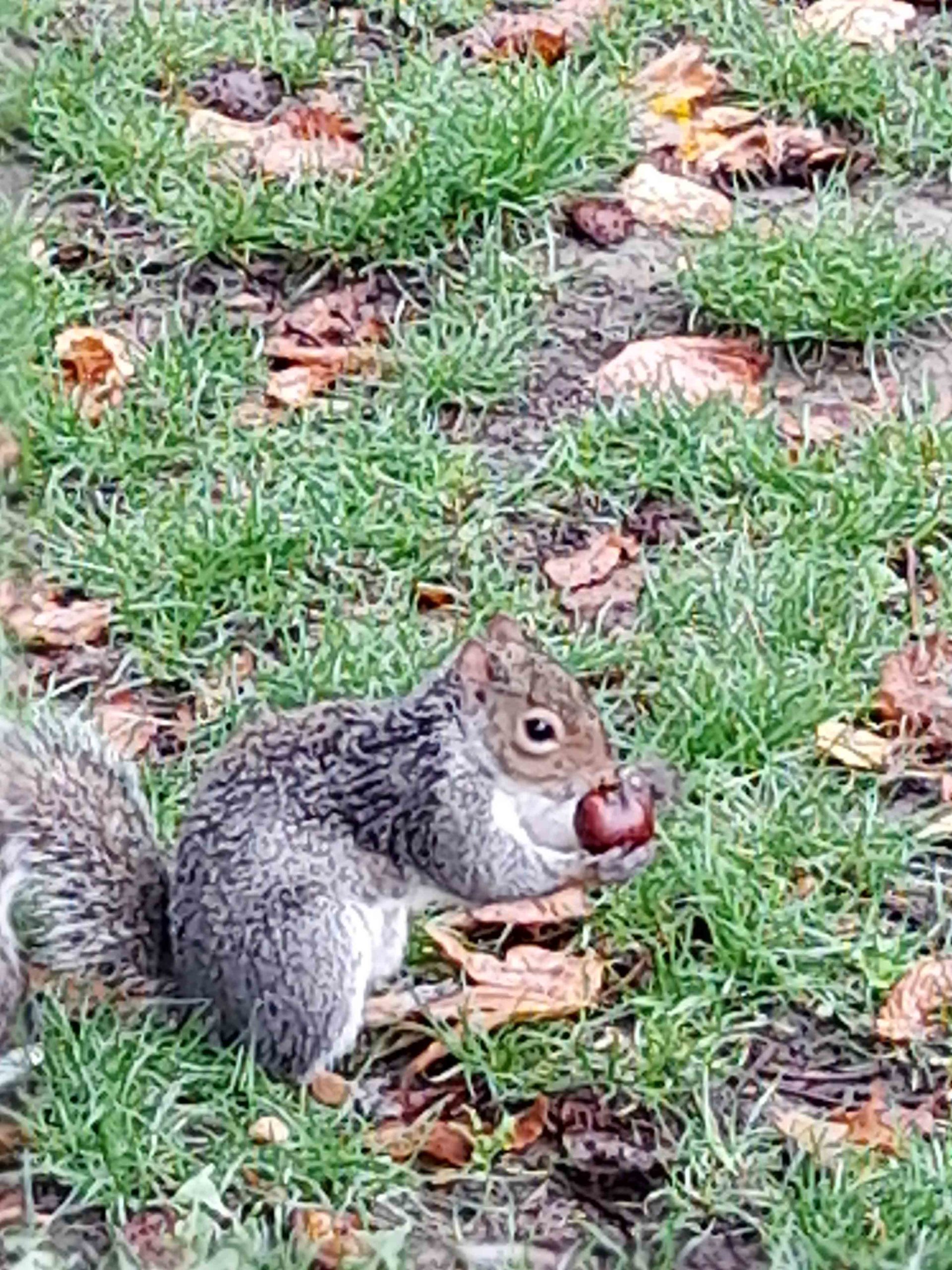
PALENQUEROS preserved their African BANTU language, with the addition of other languages like French, Portuguese, and Spanish woven in.
This has become PALENQUE – A UNIQUE LANGUAGE.
In 2005, this village became so famous for its music, ancestral recipes, passion for food, creation of non-formal musical instruments and folklore that it was declared “THE WORLD HERITAGE’’ by UNESCO.
7. Prominent figures in PALENQUE
RAFAEL CASSIANI CASSIANI (singer-songwriter)
ANTONIO CERVANTES (boxer)
RICARDO CARDONA (boxer)
PRUDENCIO CARDONA (boxer)
EVARISTO MARQUEZ (actor)
SEXTETO TABALA (musical group)
Ringing for the NHS
During the heavy pandemic period (lockdown), people in London used to make a kind of greeting to the HEALTH and NHS workers, by making a noise or clapping from their windows, homes or streets.
It was a pleasant way to say thank you, to demonstrate affection for what they were doing.
They are our soldiers.
This action was carried out every Thursday night at 8pm, so I used this bell to make a noise from my home balcony. Even when I was feeling a bit frustrated I did try to make my small contribution to support the NHS and HEALTH workers.
God save all of you.
